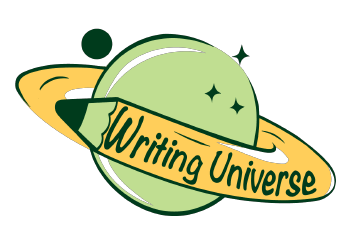Black Lives Matter movement (BLM) in America is associated with the constant push that is a result of black activism which can also be related to the NFL protests by African American players. The activities of BLM have raised the question of where the tendency stands regarding the understanding of...
Words: 473
Pages: 2
Clyde Ross's Childhood Clyde Ross was born in 1923 near Clarksdale, Mississippi. During the 1920s, majority of the locals in Mississippi were continuously robbed of the vote, a control plotted through the deceit of the poll tax and the influence of the lynch mob. The state’s regime at the time associated...
Words: 1109
Pages: 5
Martin Luther King Junior was the most inspirational orator, preacher and thinker America has ever had. All of his writings have been analyzed to study the potential of rhetoric. His rhetoric in the two writings suit the audience in several ways. The tone of King’s writings inspired numerous activists to...
Words: 993
Pages: 4
Introduction “The Letter from a Birmingham Jail” by Martin Luther King Jr. was mainly written as a response to the Birmingham clergymen who published an open letter vehemently challenging and criticizing the actions of Martin Luther King and The Southern Christian Leadership Conference (SCLC). However, when one further scrutinizes the contents...
Words: 1172
Pages: 5
On the steps of Lincoln Memorial in Washington D.C. on August 28, 1963, Martin Luther King Jr. delivered one of the most important speeches in the 20th Century. His speech “I Have a Dream” talks about ending racism in the United States of America while calling for civic and economic...
Words: 771
Pages: 3
On August 28, 1963, at Lincoln Memorial, Washington DC Martin Luther King delivered the speech “I have a dream “which he is famously known for. It was the culmination of the March to Washington protest. It gave the Civil rights movement in the United States a boost in their quest...
Words: 1097
Pages: 4
There is proof that women participated in the civil rights movement well and effectively around 1960. Their ongoing participation, particularly in the south and delta areas, serves as evidence of this. Women activists frequently brought civil rights workers into their homes where they cared for, fed, and provided shelter for...
Words: 1134
Pages: 5
On August 28, 1963, the Washington, DC, march was held at the Lincoln Memorial. (Benoit, 2014). The purpose of the march was to raise awareness of problems affecting black people's and other Americans' rights and employment. The civil rights activist and well-known speaker Dr. Martin Luther King Jr. gave a...
Words: 937
Pages: 4
Nell Irvin Painter's Case for African American History Nell Irvin Painter makes the case for the history of African Americans throughout different eras. The civil rights movement, which Painter extensively documents in her book's twelfth and thirteenth chapters titled "Cold War Civil Rights, 1948-1960" and "Protest Makes a Civil Rights Revolution,...
Words: 864
Pages: 4
African Americans and the Civil Rights Movement African Americans in the United States were subjected to racial segregation, and the civil rights movement sought to end this practice and secure legal recognition of their equal rights.Background In the 1950s, the contemporary civil rights movement had its beginnings. Although slavery was ended in...
Words: 1407
Pages: 6
African American Civil Rights Movement Around 1955 and 1968, the African American Civil Rights Movement ruled the United States. The movement's key purpose was to make racial injustice and suffering against the African American population illegal. The revolution, like any other strong and influential uprising of the day, struggled for collective...
Words: 1495
Pages: 6
When the civil rights movement is mentioned in a discussion, nearly everybody in the audience thinks about Martin Luther King Jr. and his commitment to the movement. Many young Americans equate the Reverend from Montgomery with the efforts and commitment made in the pursuit of freedom and justice for American...
Words: 2482
Pages: 10
- 1
- 2

